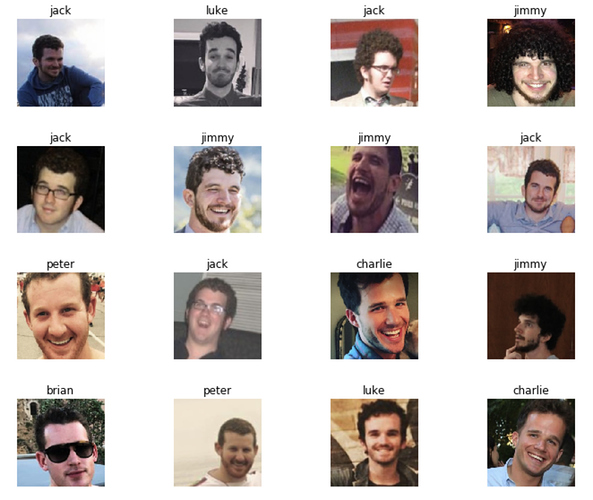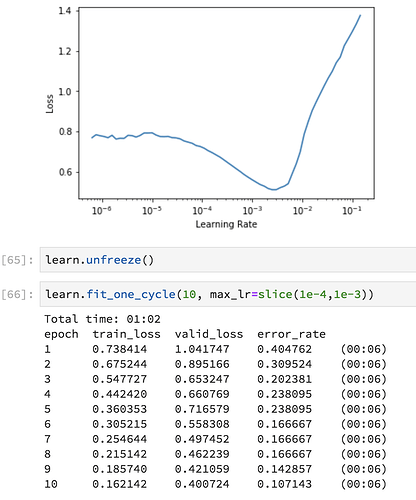I’ve got a lot of cousins (36 first cousins), so I’ve been working on a Clabby cousin facial recognizer app in preparation for my fiancee’s visit to my aunt’s house for Thanksgiving.
I’ve labeled 7 of our male cousins, and was able to get it close to 90% accurate:
I’m serving the trained model on a FloydHub serving job using a simple Flask app, and you can test it out here:
Given my extensive unique domain knowledge, I also added little hints about each cousin when it makes a prediction. For example, if you take a photo of me, the app might tell you “Ask him about the fast.ai course” or “Don’t bring up his receding hairline”:
Working a blog post, too, which I’ll share soon  !
!



